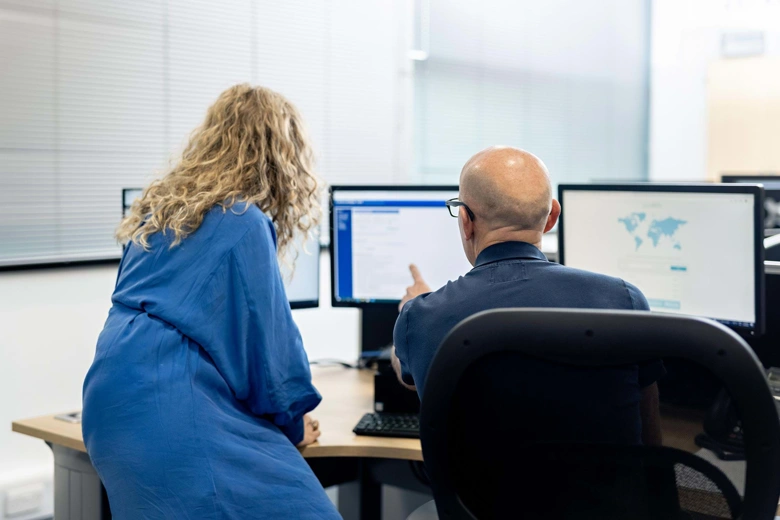Since 2013, we’ve worked with international partners to set up more than 50 Reporting Portals around the world.
The portals are customised webpages that enable people to make reports of child sexual abuse material online directly to our expert analysts. Reports are assessed against UK law and, if judged to be criminal, steps are taken to have the content removed from the internet.
This year, we’ve successfully launched a new portal in the Dominican Republic in partnership with the Attorney General’s Office, UNICEF, Plan International and the National Cybersecurity Centre. We’ve also been working with MTN Cameroon, and with the National Child Protection Authority in Sri Lanka (with funding from Save The Children Sri Lanka and ChildFund Sri Lanka) to set up portals in Cameroon and Sri Lanka respectively.
Launching portals in all three countries will give an additional 60 million people a dedicated place to report suspected online child sexual abuse material, strengthening the global response to online sexual exploitation and abuse of children.
In March, the IWF and “Stop Sexting”, a child protection NGO, relaunched the Ukraine Reporting Portal. The Russian invasion of Ukraine disrupted the country’s efforts to combat online child sexual abuse, putting children at increasing risk of exploitation. The relaunch of the Reporting Portal has helped to ensure that people in Ukraine know how to, and can, report suspected online child sexual abuse material at a time when the police do not always have the capacity or resources to respond.
To assess the work of the portals and maximise their potential, we have recently secured funding for an independent evaluation from Safe Online. Hopefully, the evaluation will take place during 2024/2025 and will provide insights into how best to tackle online child sexual abuse content on a global scale.
